Restoring California Least Tern Habitat with the San Diego Audubon
Document created 22 March 2018
Contents:
The annual tern migration
Threats
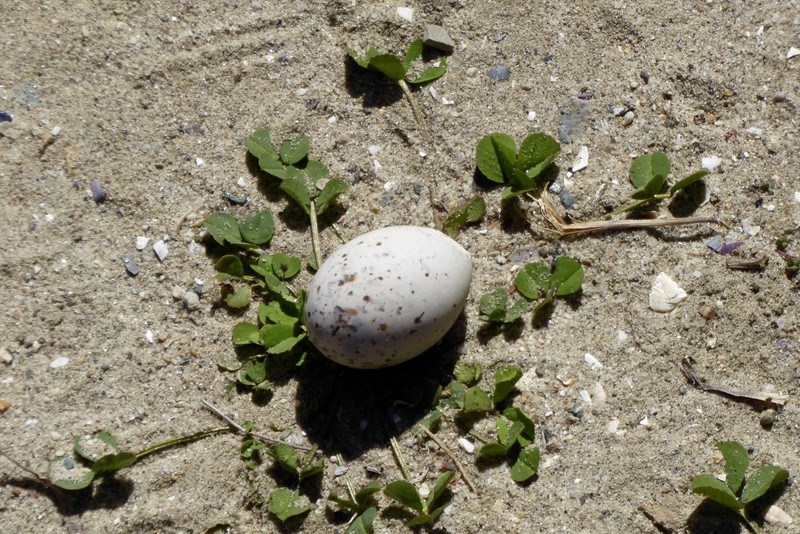
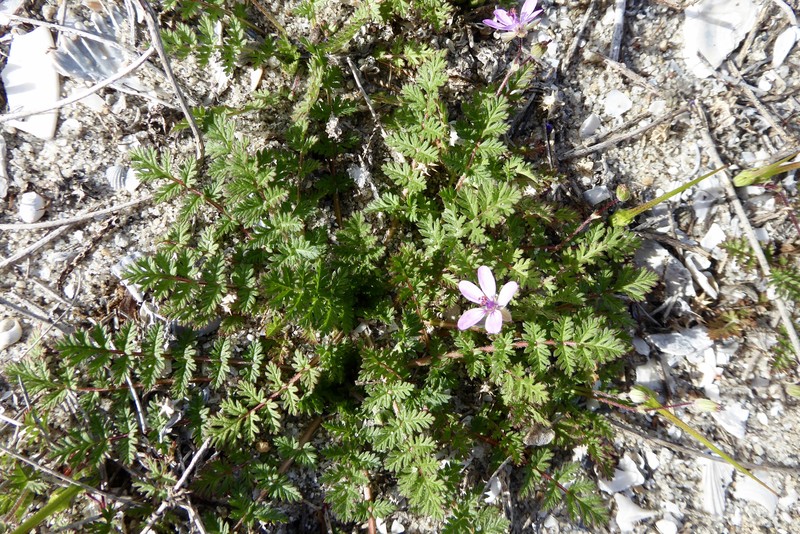
Solutions
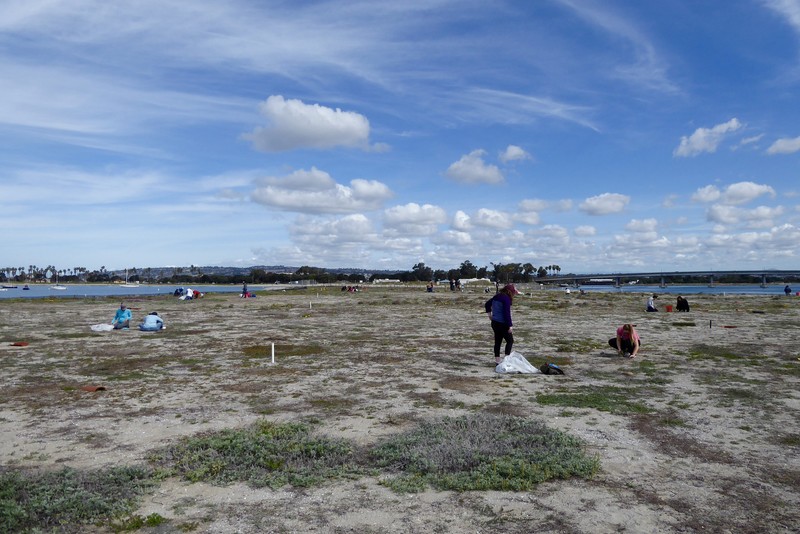
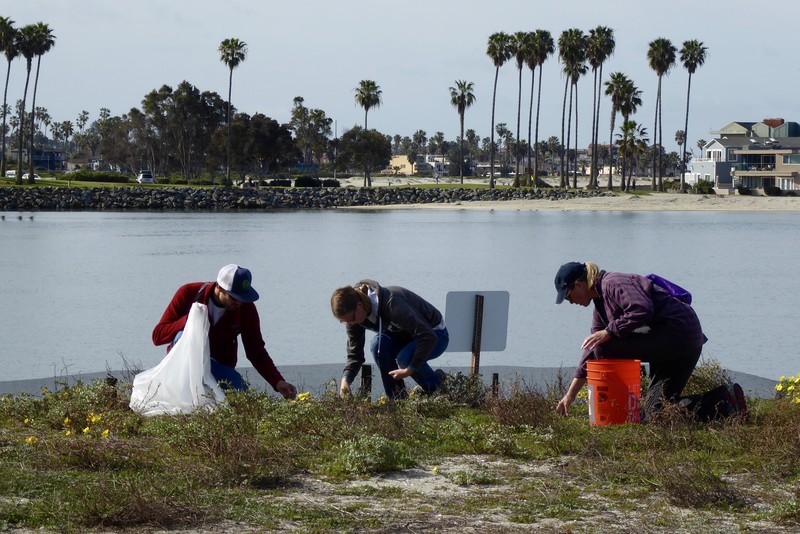
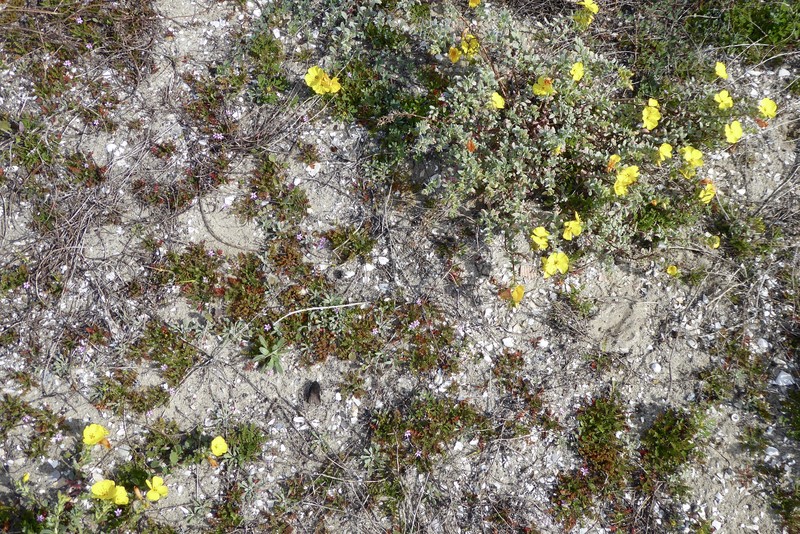
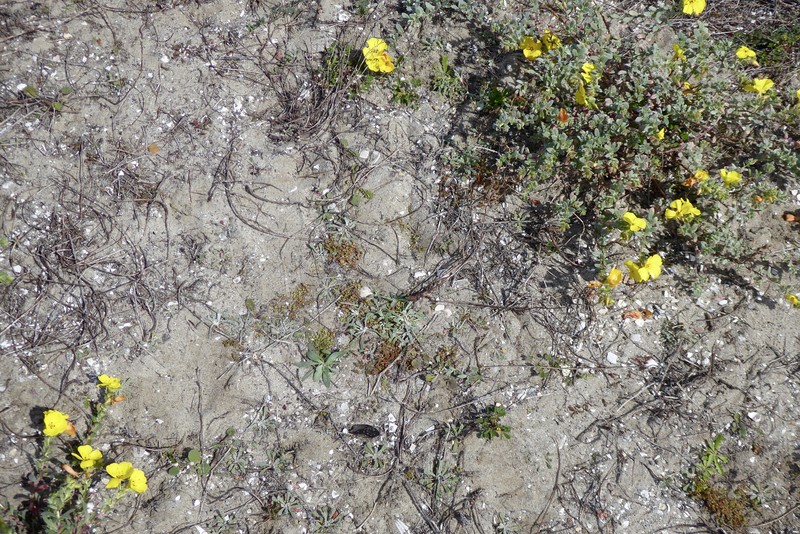
Other bird seen at Mariner's Point
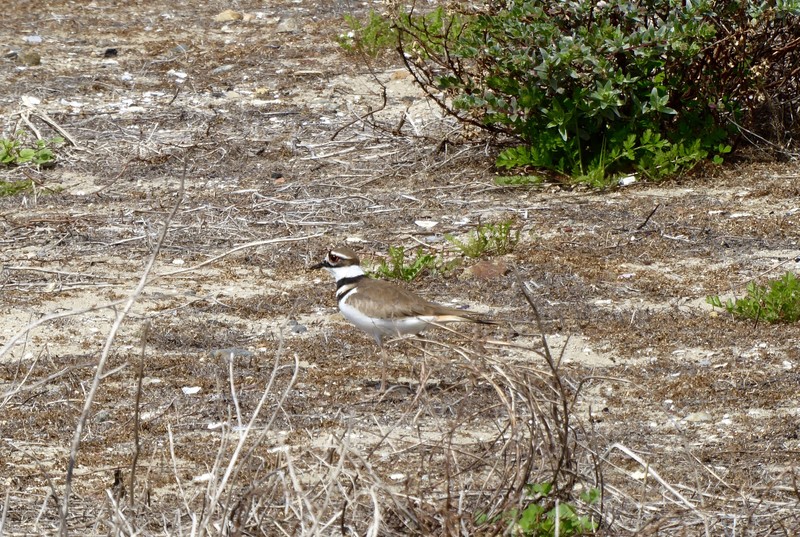
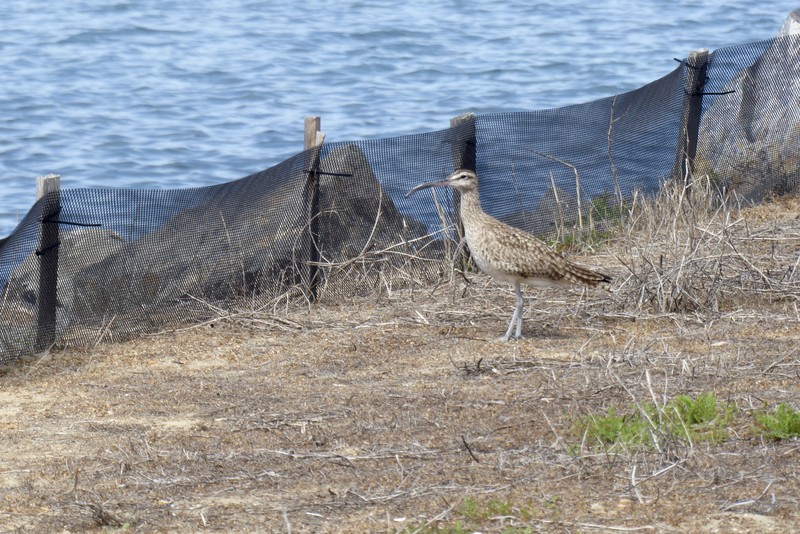
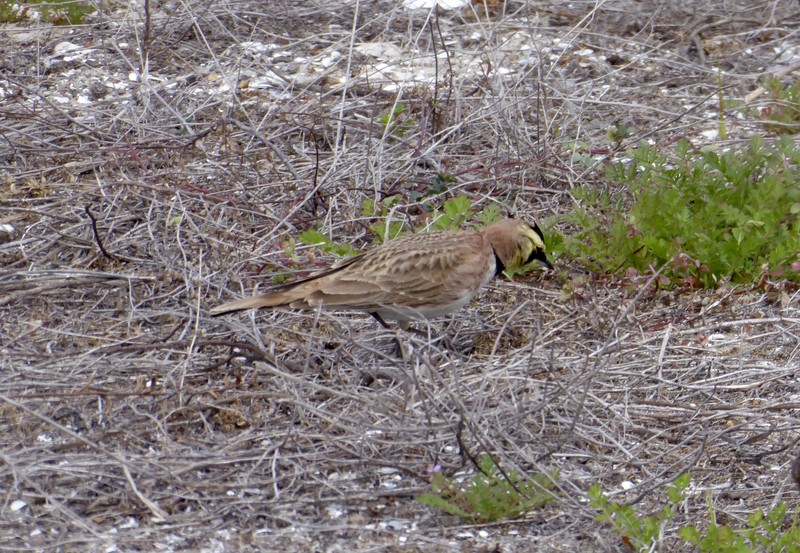
More information
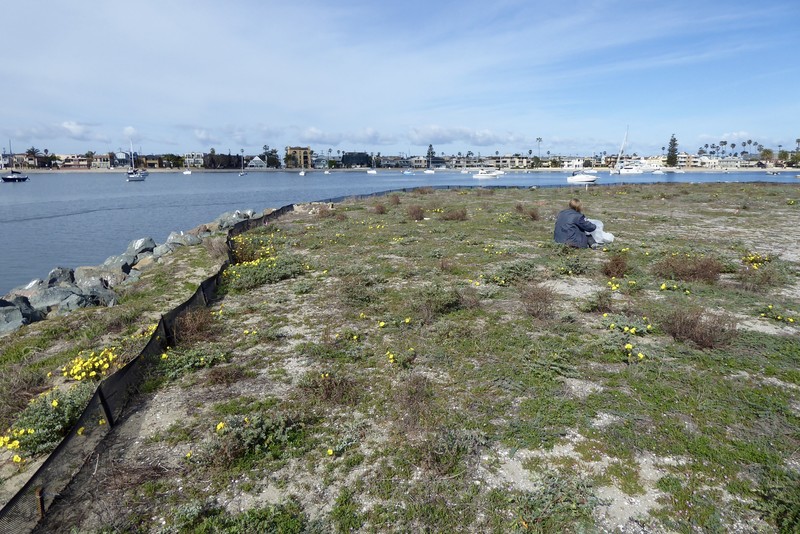
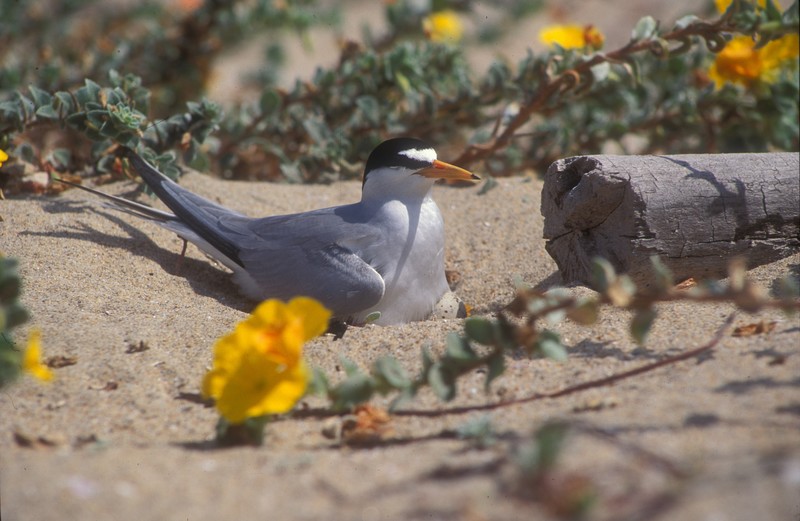
Comments
No comment available for this document
Ratings

The California Least Tern (Sternula antillarum browni). Photo by USFWS Pacific Southwest Region

The Filaree. Photo by Katy Chappaz

Photo by Katy Chappaz

Photo by Katy Chappaz

Plant versus sand cover before Filaree removal. Photo by Katy Chappaz

Volunteers working at Mariner's Point Photo by Katy Chappaz

The same spot after Filaree removal. Photo by Katy Chappaz

A Whimbrel. The fencing prevents tern chicks from falling off the dune. Photo by Katy Chappaz

A Killdeer. Photo by Katy Chappaz

A Least Tern egg camouflages on sand but not against vegetation. Photo by Katy Chappaz

A Horned Lark. Photo by Katy Chappaz
×
